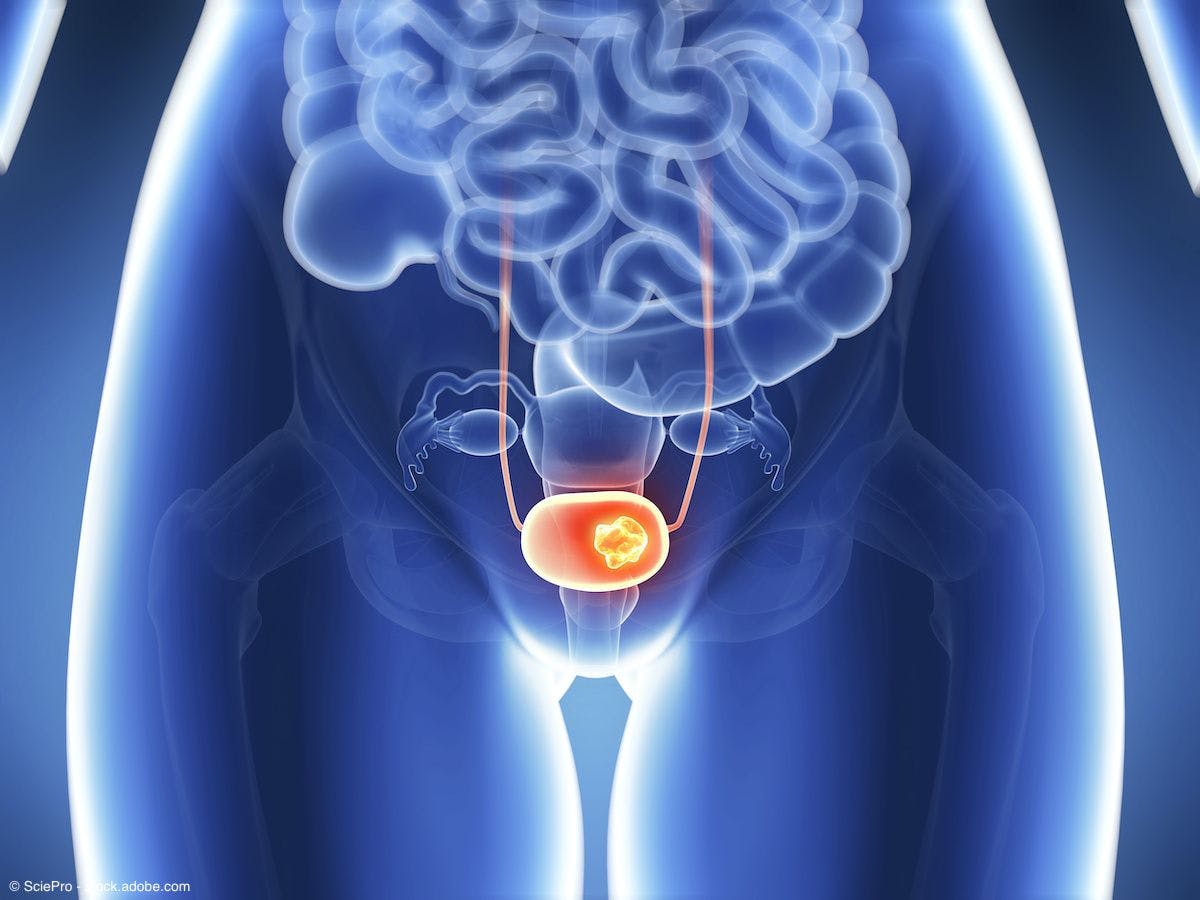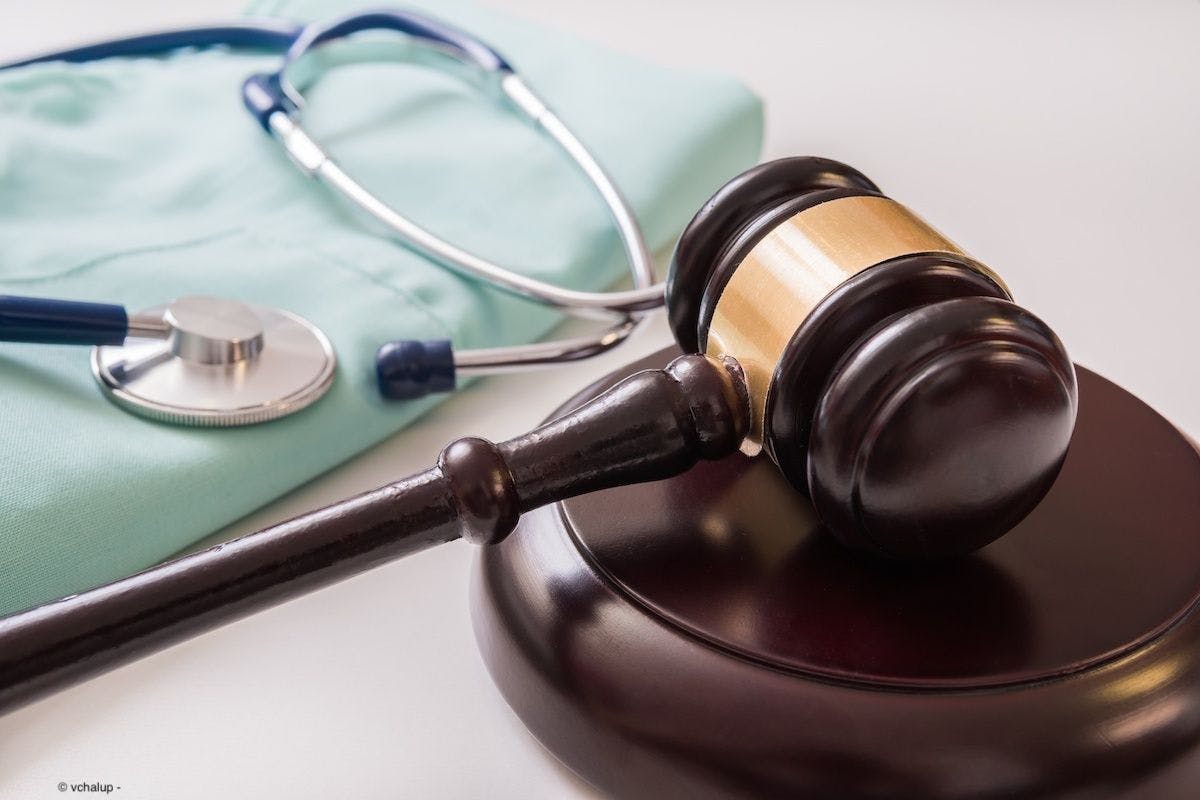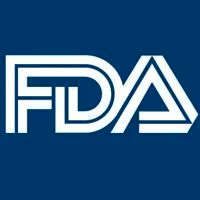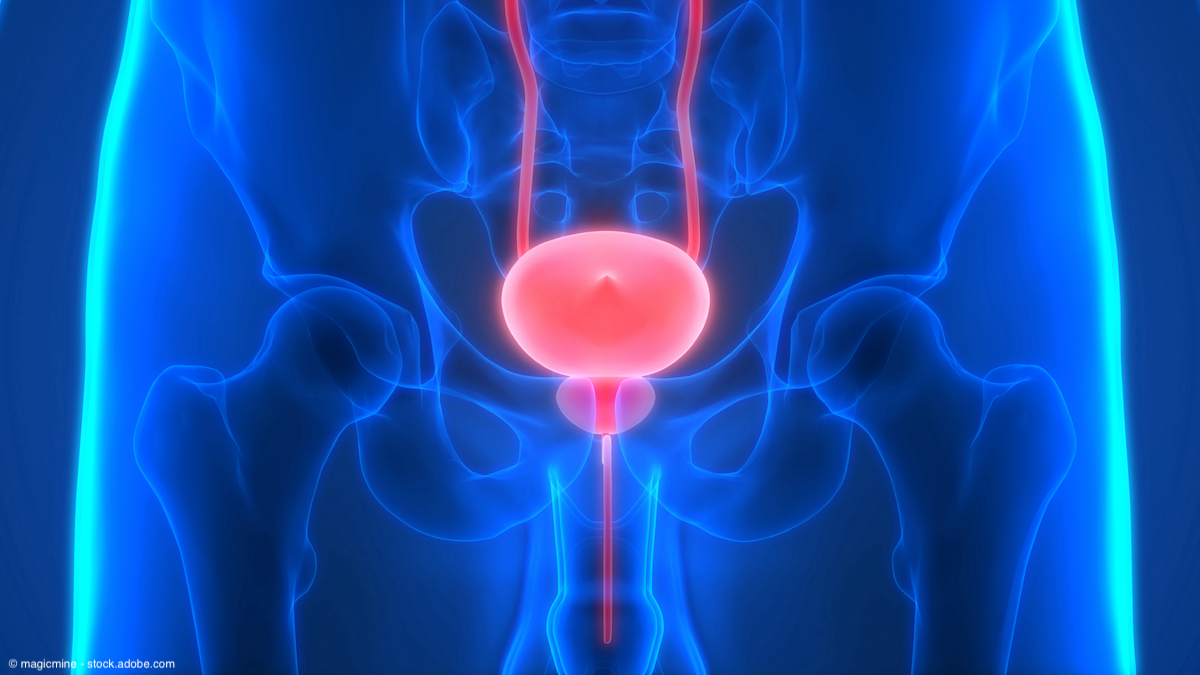Publication
Article
Urology Times Journal
BCG drug shortage has led to variation in state treatment patterns for NMIBC
Author(s):
"Our findings underscore the commercial and market factors that have been influencing bladder cancer care," says Brian Chun, MD.
In this interview, Brian Chun, MD, discusses the recent Urology study, “Variation in Statewide Intravesical Treatment Rates for Non-Muscle Invasive Bladder Cancer During the BCG Drug Shortage,”1 for which he served as the lead author. Chun is a urology resident at the University of Pittsburgh Medical Center in Pennsylvania.
Brian Chun, MD

Could you describe the background of this study?
I think it's no surprise to urologists across the country that the BCG shortage has continued to be a challenge for us as a specialty for the better part of a decade now. In July 2012, the FDA shut down the Sanofi plant in Toronto due to a fungal contamination, and effectively left the market in 2017. And really, since that time, Merck has been the sole producer of BCG for the entire United States. What that has meant is that BCG availabilities have been very volatile. Although it's the gold standard for high-grade non–muscle-invasive bladder cancer, more and more urologists are now facing the challenges of having to provide alternative agents because of the volatility in that supply.
There is new data that are emerging now on what that means from a clinical standpoint for patients in terms of recurrence rates and disease progression, but no one has really looked at how practice patterns have changed across the country in response to this BCG shortage. We hear all the time anecdotally that urologists face this challenge and are put in difficult situations where they have to administer reduced dosing, alternative agents, and not being able to offer BCG for many of these patients. We haven't been able to quantify that, so that was the basis of our study.
What were some of the notable findings? Were any of those surprising to you and your coauthors?
I don't think it was surprising to us, but we did see that BCG use did decrease across the board nationally, about 5.9%. I think what was more striking is when we looked at the types of agents that were used, in the periods where BCG utilization dropped, we saw a concomitant increase in mitomycin C. It became very clear that mitomycin C was a prime alternative agent that was used in lieu of the BCG shortage. We also found that in addition to less patients being started on BCG, those patients that were started on and planned for an induction course of BCG were also less likely to follow through and complete at least 5 of the 6 courses needed to complete an induction course. Taken altogether, that represents a substantial number of patients who did not have access to a complete induction course of gold standard BCG treatment.
Additionally, when we looked at the state practice patterns in BCG use, we were quite taken aback about how variable it was. We weren't surprised to see that a lot of these states reported decrease in BCG use, but that decrease was highly variable—anywhere between 5% and 36%. We did not see a specific geographic pattern for these variations; it seemed evenly distributed across the country. So, that was not entirely clear to us, but it was very surprising to see the amount of variation in practice change.
What implications do those results have for both patients and urologists?
Our findings underscore the commercial and market factors that have been influencing bladder cancer care. This is a challenge for patients and urologists because BCG is the gold standard for high-grade, non–muscle-invasive bladder cancer, and without stable supplies or inventories, a lot of patients may not be able to get access to that type of medication. That means 2 things. One is, from an oncologic standpoint, they may not be receiving gold standard treatment for their bladder cancer. The other is that there's the added factor of cost. In fact, mitomycin, which predominately supplanted BCG in those shortage periods, saw its market demand increase over that time period. Not surprisingly, the cost of mitomycin increased as a result. In fact, the wholesale costs for mitomycin C increased by about 150% by 2015. That was very likely influenced by the increased demand because of the BCG shortage. For patients, and especially practicing urologists, there is a concern of not only making sure patients get the right treatment and the most efficacious treatment, but also the burden of increased cost using alternative drugs.
One of the things that could be a silver lining in this challenging time is that with the volatility in BCG supply, there's really been a push to look at alternative regimens and alternative therapies for the treatment of non-muscle-invasive bladder cancer. Specifically, gemcitabine/docetaxel combination therapy has really taken off with some promising preliminary data. With the BRIDGE trial, which is a new phase 3 clinical trial comparing gemcitabine/docetaxel to BCG in BCG-naive patients, this could possibly be an avenue for diversifying our treatment options for these patients. Also, BCG from a production standpoint is very complicated, and there are risks associated with that, especially coming from a sole producer. One other avenue would be to look at approval of different strains of BCG, specifically the Tokyo-172 strain, which is also being investigated in clinical trials.
What is the take-home message for urologists?
The take-home message is that the BCG drug shortage continues to be a challenge for urologists and has led to quite a bit of variation in treatment patterns for non–muscle-invasive bladder cancer. In the short-term, that presents an opportunity for urologists to be involved in how BCG supplies are distributed across the country. Merck right now uses historical demand to drive how BCG stores are allocated to different hospitals. But at least anecdotally, here in Pittsburgh, we see quite a bit of variation between hospital to hospital, even within the same institution. So, I think there's room there for us to be involved in forecasting how BCG is distributed to make sure that this medication is available to as many patients as possible.
Long-term, we should be looking at diversifying our BCG production sources in the forms of different strains. But also looking at alternative modalities and treatment regimens for non–muscle-invasive bladder cancer to offload some of this reliance on a single drug and sole producer, and that's work that's really exciting and underway.
Reference
1. Chun B, He M, Jones C, et al. Variation in statewide intravesical treatment rates for non-muscle invasive bladder cancer during the BCG drug shortage. Urology. [published online ahead of print March 25, 2023.] Accessed April 17, 2023. doi:10.1016/j.urology.2023.02.044.
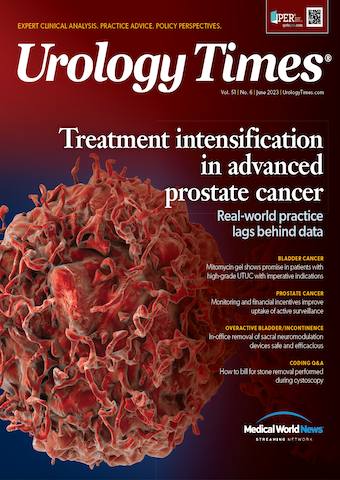
Newsletter
Stay current with the latest urology news and practice-changing insights — sign up now for the essential updates every urologist needs.




